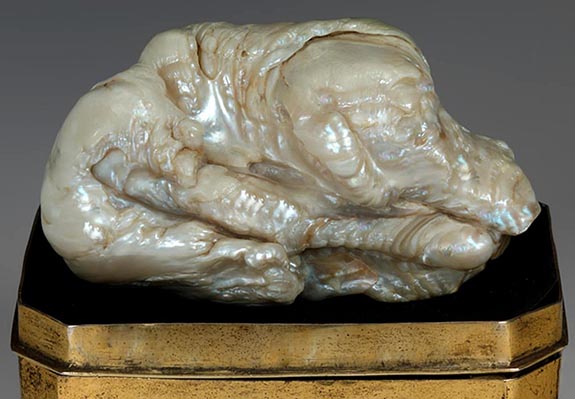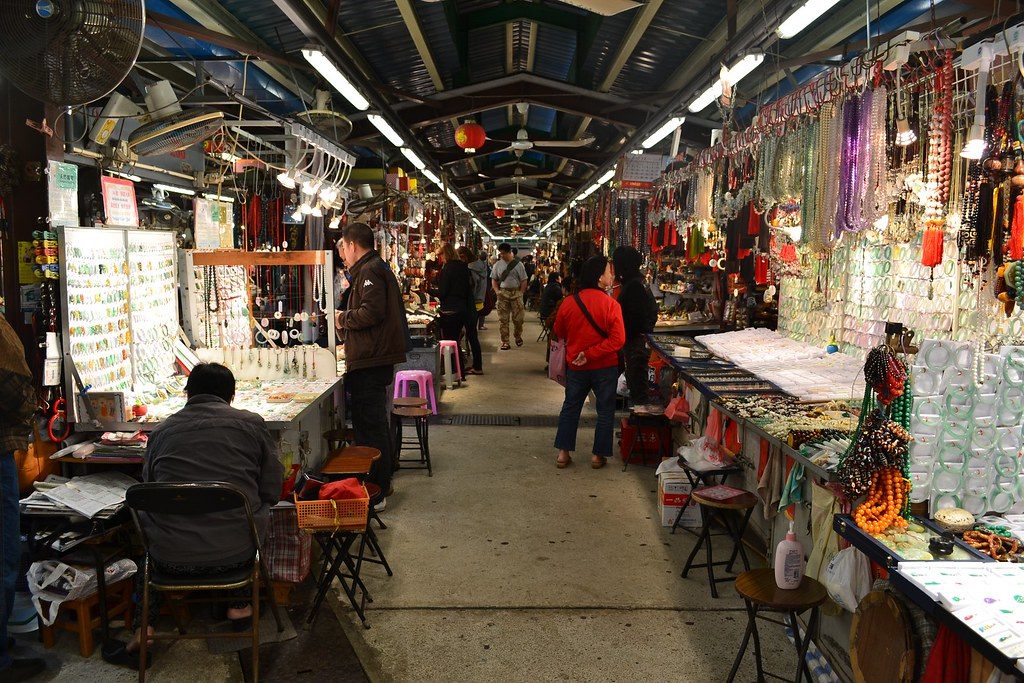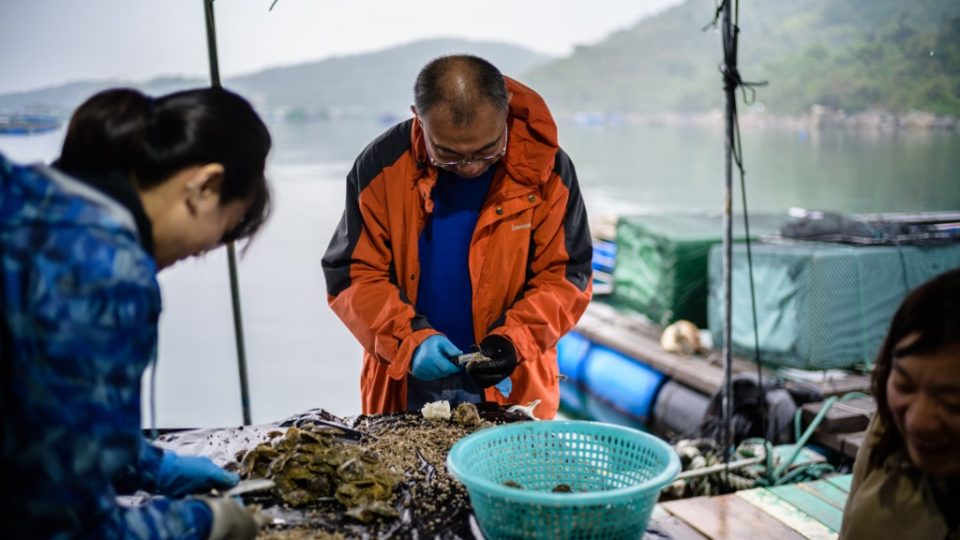On a raft floating off Hong Kong’s rural eastern coastline former investment banker-turned-scientist Yan Wa-tat patiently scrapes barnacles off some 2,000 oysters -– a tiresome but crucial part of his mission to bring back pearl farming.
“The species was once abundant in Hong Kong,” the 58-year-old lamented.
“We have a history of pearl fishing of over one thousand years… but because of overfishing in Hong Kong, we only have very few of them left,” he explained.
Yan is farming Akoya pearl oysters, a specimen prized for jewellery, hoping his research will show other fisherman that the industry could be viable.
It’s a calling that requires patience. Cultured pearls take around a year to form and every few weeks Yan has to scrape away any barnacles that might compete for food with his precious oysters.
This kind of knowledge was once ubiquitous to the region. After all, the famous waterway that sustains this part of southern China — along one of the world’s most densely populated regions — is called the Pearl River.

The world’s biggest pearl, once owned by Catherine the Great and known as “The Sleeping Lion” because of its bizarre shape, is thought to have been plucked from southern China’s waters sometime in the 1700s before Dutch traders spirited it away.
And Hong Kong — dubbed the Pearl of the Orient by its former colonial overlords — remains the world’s largest importer and exporter of pearls, with exports topping $1.8 billion in 2016, according to UN trade data.
But none of them are produced locally. Overfishing and market forces have long devastated the wild pearl farming trade in the city.
Cultured pearl farming is a relatively modern industry, and a few Hong Kong ventures rose to the challenge in the 1950s. But they struggled against Japanese competitors who came to dominate the trade. The city’s last pearl farm was shuttered in 1981.
Now Yan and a handful of fishermen are trying to change that — with a small cottage industry combining traditional knowledge and cutting-edge technology.
Yan worked in Hong Kong’s lucrative banking sector until his mid-fifties when he decided he wanted to do something “more interesting, and also more productive for our society.”
He embarked on a PhD at Hong Kong University’s School of Biological Sciences looking at how to resurrect the city’s pearl farming trade, something he didn’t even know existed until he stumbled across it in early research.
In his lab at Hong Kong University, Yan researches the best ways to insert a radio-frequency identification (RFID) chip into an oyster’s nucleus, around which a pearl will then grow — although the exact mechanism is a closely guarded secret.
The chips are the part of the same family of technology that allows users of mobile phones, transport cards and identity badges to scan into a building or to make a purchase with a simple swipe.
Yan holds a scanning device against one of his oysters and after a small bleep, a set of numbers appears on an app on his smartphone.

That tech has multiple benefits. Some 10 to 20 percent of nuclei are expelled by the oyster — meaning a cultured pearl is unable to form — but this is usually only discovered upon prizing them open at harvest time.
Using a chip means farmers can simply scan the shell to check if a pearl has been produced.
But serial numbers will also allow buyers to know exactly where their pearls have come from, reducing the risk of fakes or lower quality scams.
In March a group of local fishermen inspired by Yan’s project carried out a harvest of Akoya pearls — the first to be done in Hong Kong in years.
“I think pearl farming has a future in Hong Kong,” explained Leung Kam-ming, one of the owners of a fishing raft culturing Akoya pearl oysters in the rural Sai Kung region. “I started pearl cultivation to make some extra money.”
Leung farms around 30,000 oysters, selling each cultured pearl for around HK$100 ($12.70). Any pearls that do not meet jewellery standards can be sold along with the oyster shells as pearl powder for Chinese medicine and cosmetics.
Whilst culturing pearl is no longer common knowledge among the Hong Kong fishing community, Leung hopes his successful harvest will set a precedent for other fishermen to follow.
And in a rare development for densely populated Hong Kong, there is plenty of space for new oyster farms.
Yan estimates some 90 percent of the 1,000 or so fishing rafts in the city’s waters are unused because so few young people wish to join the fishing trade these days.
“If I can show to the fishermen that they can make a living, diversify their income sources, then I think they will be interested in doing this,” Yan predicted.




